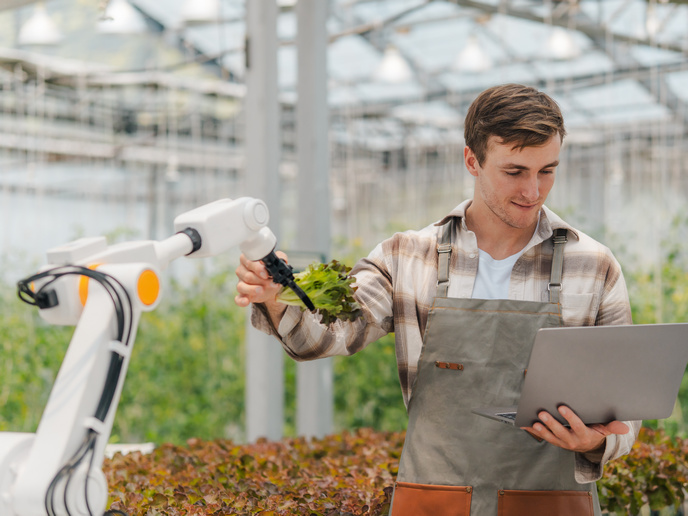Flexible IoT platform supports open innovation in farmland irrigation
Spanning work in Bahia and Sao Paulo (Brazil) and in Spain and Italy, the SWAMP(opens in new window) project is piloting Internet of Things (IoT)-based precision irrigation systems. Introducing the project, coordinator Juha-Pekka Soininen notes: “The main objective is to save water and energy and to maximise the yield and quality of the crop. Saving water is the first priority as climate change is drastically limiting the availability of water.” Project work and key innovations have resulted in an open and flexible platform for smart water management for irrigation. Specifically, SWAMP targets the creation of very accurate situational awareness related to soil and crop status. Multiple sources are used to gather the information needed, some of which represent key project innovations: water need estimators, and autonomous drone and image-processing systems.
Meeting different needs
Another major SWAMP development is the integration of farm-level water-need data with open canal water distribution network management. The processes are fuelled by water flow simulations and machine-learning algorithms. A soil moisture forecast is created on the basis of the collected data, which in turn is used to create an irrigation plan for the different areas in the field. This leads to yet another key innovation: SWAMP’s IoT-based, automated high-granularity precision irrigation system – i.e. irrigation as and when it should be implemented. “In one pilot we have instrumented sprinkler valves and pumps so that irrigation can be done automatically by the SWAMP system,” Soininen reports, adding: “Farmers have mobile applications for visualisation of field status, and for adjusting the proposed irrigation plans.” The pilots are being used as a starting point for developing systems that meet the different needs of specific areas. Soininen offers the Italian pilot as an example. This is centred on an open canal-based water distribution network optimised according to measured water needs of the crops of farms situated along canals. The farms provide accurate data for canal operators, for optimal management of the network. “In an optimal case, all the farms should irrigate at the same time, so that the time the canal is full is minimal,” he explains.
Overcoming challenges
Several available technologies were less mature than expected. SWAMP had to implement its own soil moisture probes, for example, as the commercial offering did not meet the requirements. Nevertheless, Soininen says that “after 2 years of the 3-year project, we know that the goal is achievable.” The IoT platform is based on FIWARE and is aimed at providing flexibility so it can be adapted to all pilots. The main challenges have to do with cost-sensitivity, heterogeneity and scale of farming. Additional technical and infrastructure considerations as well as the cyclical processes inherent in farming have focused partners’ efforts on developing a solution baseline that could meet the demands of farming with mass production. Project work is helping to reduce the waste of water and energy consumption. “SWAMP impacts are global,” Soininen enthuses. “The use of IoT and systems supporting open innovations will be key in making changes in this domain as well,” he concludes.







